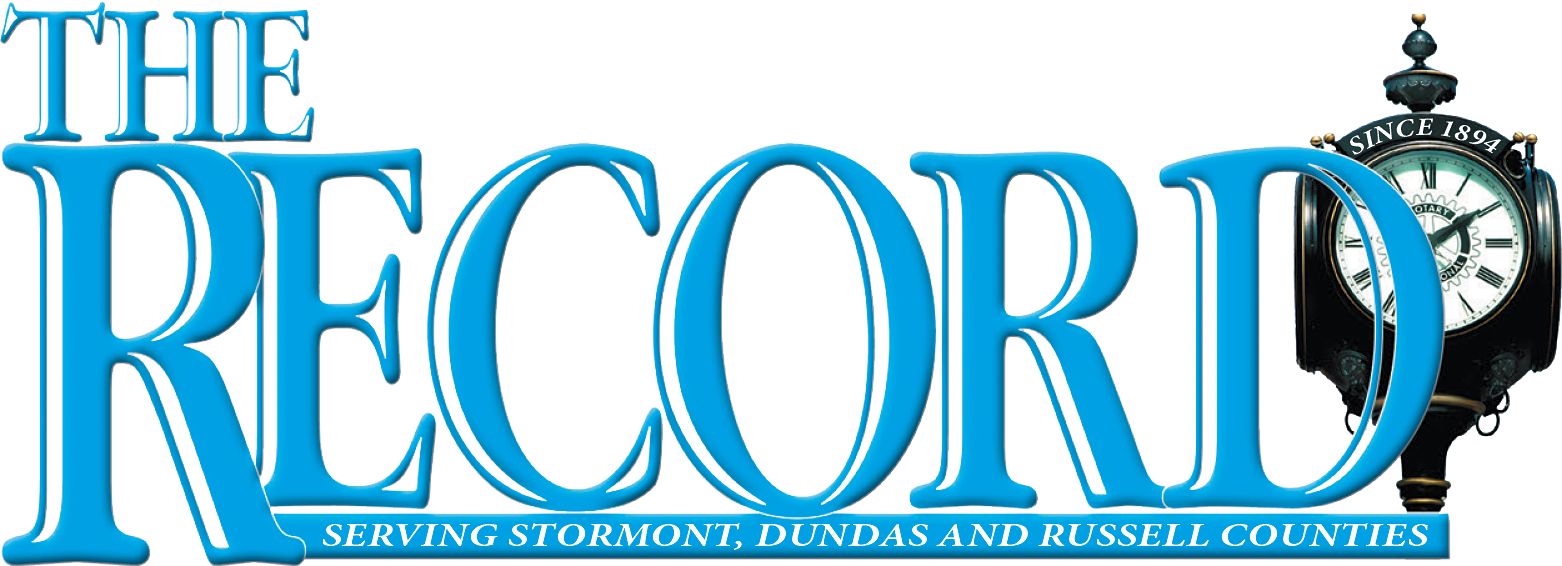Ontario residents have found themselves grappling not only with high food prices, but also with an increasingly stealthy economic phenomenon known as shrinkflation. Shrinkflation occurs when the prices of everyday food items are on the rise, while at the same time the quantity within each package steadily diminishes. This subtle but impactful trend has crept into the province, not only in grocery aisles, but also in the offerings of many fast-food restaurants, leaving consumers wondering why their wallets are getting lighter while their food budget gets stretched even farther. (Seriously, nuggets seem to be more like popcorn chicken every day.) The process of downsizing product quantities without a proportionate reduction in price has become a growing concern for Canadians. Shoppers are feeling the pinch as they discover that their favourite products are shrinking before their very eyes, effectively diminishing the value they receive for their hard-earned dollars. One of the most striking examples of shrinkflation in Ontario is evident in the cereal aisle. Long-time breakfast favourites that once boasted generous portions now seem to contain more air than substance. A close examination reveals that some cereal boxes have experienced a significant reduction in weight, yet the price remains steadfast or even climbs upward. This trend has not gone unnoticed by vigilant consumers, who are increasingly expressing their frustration over the disappearing act being played out in their cereal bowls. It’s not just breakfast foods feeling the squeeze; the phenomenon has infiltrated other segments of the food industry. Popular snacks, such as chocolate bars and potato chips, have undergone downsizing as well. While the phrase “packaged by weight, not by volume” is well known to Canadian consumers, both weight and volume seem to have diminished. While you seldom if ever found a bag of chips filled to the brim, you are now left feeling like one of the three bears after discovering Goldie Locks had been there first. A leading cause behind the rise of shrinkflation in Ontario is the persistent increase in production costs, including rising prices for raw materials, transportation, and labour. The global economic landscape, influenced by factors like inflation and supply chain disruptions, has contributed to the growing expenses faced by manufacturers. To maintain profit margins, companies often resort to reducing the size of their products rather than passing on the full extent of cost increases to consumers. The COVID-19 pandemic also exacerbated the situation, causing disruptions in supply chains and prompting manufacturers to find creative ways to cut costs. The downsizing trend has allowed companies to maintain the illusion of price stability while subtly adjusting their profit margins. For consumers, however, it means paying more for less, a bitter reality in a world already grappling with economic uncertainties. As the phenomenon gains attention, consumer advocacy groups in Ontario are calling for increased transparency and clearer labelling practices. Many argue that consumers have the right to know when they are receiving less product for the same or higher price. Stricter regulations and guidelines could help ensure that shrinkflation is not employed as a deceptive tactic to boost profits at the expense of the unsuspecting shopper. Making the packaging more reflective of the volume of product inside would also seem to be a more honest approach to maintaining profitability. In the current economic climate, anyone can be excused for seeking a bit of pleasure in their favourite comfort food. Sadly, being faced with a clear example of getting less for more does little to ease the pain.

Terry Tinkess is a professional photographer, educator and journalist. He has been making a living with a camera and keyboard since 1999 and has been featured in such publications as The Ottawa Citizen, Cornwall Standard Freeholder, The Globe and Mail, The Miami Herald, Ottawa Construction News, The Ontario Construction Report, Ontario Home Builder Magazine, Reed Construction Data, Canadian Potato Business and most recently, The Record and Eastern Ontario AgriNews. Terry lives in Ingleside, Ontario with his wife Brenda, Mia the anxious Pittie and cats Wally and Chubbers.







